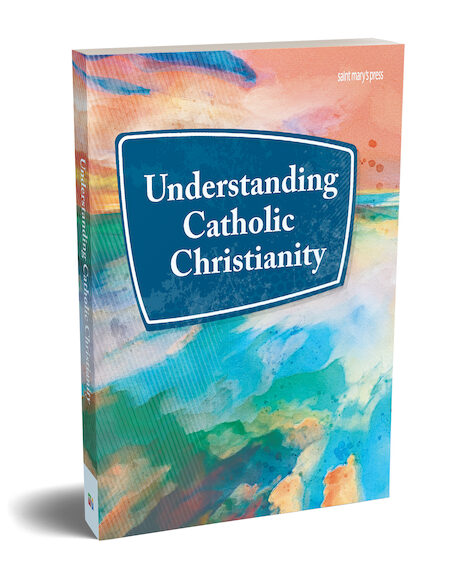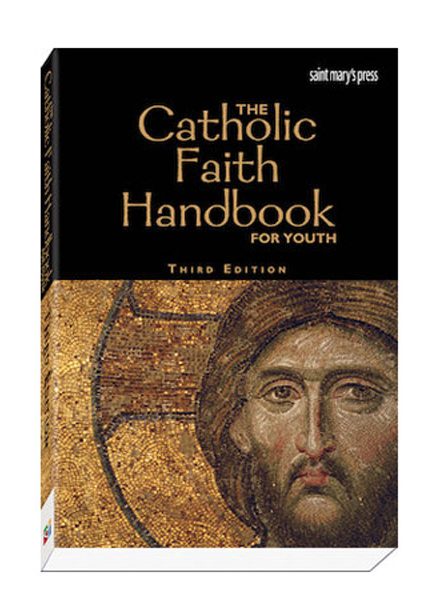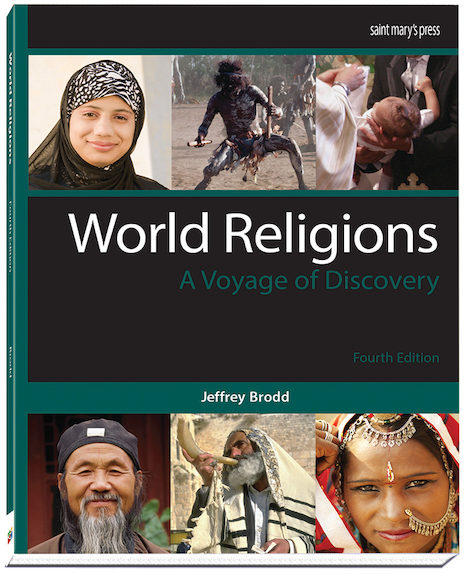Engaging non-Catholic students in a Catholic high school
Catholic high schools have long been welcoming student populations that include young people of all faiths—or none at all. Currently, 39 percent of students in Catholic schools do not identify as Catholic. This growing diversity presents both an opportunity and a challenge: How can schools preserve their Catholic identity while ensuring that every student feels welcomed, understood, and respected?
Even students raised in the Catholic tradition bring varying levels of familiarity with their faith, adding to the complexity of today’s classrooms. Schools must respond with inclusive, mission-driven strategies that support a rich, faith-filled education for all.
“Enkindle the love of Jesus in the hearts of the young.”
—Saint John Baptist de La Salle
Data on Catholic students in the United States
Springtide Research Institute, a nonprofit, nonpartisan organization that researches young people ages 13 to 25, recently surveyed Catholic students in the United States. The research found:
- 78% of Catholic students agree or strongly agree that their school strives to be inclusive; 68% of non-Catholic students say the same.
- 80% of Catholic students agree or strongly agree that their school respects all people, regardless of background; 70% of non-Catholic students agree.
- 53% of Catholic students say they feel “at home” at school; only 40% of non-Catholic students do.
These numbers underscore the importance of intentional approaches to religious education that help every student feel seen and supported.
You can read more about Springtide’s Catholic School Dataset Methodology here.
Understanding religion for non-Catholics within a Catholic school curriculum
Many students may enter religion classes with little knowledge of the Catholic faith—or religion in general. It’s essential to provide space for students to explore, ask questions, and make meaning without feeling pressured to conform or accept.
As a Catholic institution, it is essential to remain grounded in our tradition. But that very tradition calls us to hospitality, understanding, and dialogue. Teachers can support all students through strategies such as:
- Examining how Catholic beliefs and values shape the school’s educational mission.
- Introducing Catholic tenets in relation to broader religious and academic concepts.
- Demystifying Catholic practices such as weekly Mass, prayer, and liturgical celebrations.
Teaching religion to non-Catholic high school students
Effective religious education for diverse classrooms involves thoughtful planning and a spirit of openness. Consider the following strategies:
- Present the foundations of Catholic faith in an objective, accessible way using resources that don’t presume Catholic belief.
- Establish a shared vocabulary around faith, ethics, and meaning.
- Nurture empathy and appreciation for how faith influences lives.
- Use relatable examples to help students connect Church teachings with their own experiences.
- Encourage personal reflection through activities that promote deeper engagement.
These strategies not only make the classroom more inclusive—they enrich learning for Catholic students as well, deepening their own understanding through diverse perspectives and honest dialogue.
Materials to teach religion to non-Catholics in a Catholic high school
When a lesson plan energizes the teacher, students are far more likely to engage. That’s why active learning—where students explore, reflect, and ask questions—is a key approach for inclusive religious education.
At Saint Mary’s Press, a Lasallian Catholic nonprofit publisher, our mission is to touch hearts and enliven minds. Our resources support a Catholic education that’s meaningful for all students, regardless of background. We use clear language, compelling narratives, and proven strategies that bring faith to life.
Understanding Catholic Christianity
A first-year high school curriculum that introduces Catholic beliefs and practices through stories, questions, and accessible explanations.
- Welcoming to all students
- Connects faith to life
- Invites discovery
The Catholic Faith Handbook for Youth, Third Edition
A comprehensive guide to the Catholic faith that’s clear, relatable, and engaging.
- Provides plain-language explanations and Scripture connections
- Available in print and digital formats
- Reinforces learning with questions and personal reflection
World Religions: A Voyage of Discovery
An interfaith curriculum for older students exploring the world’s major religious traditions.
- Encourages religious literacy and mutual understanding
- Features sidebars, definitions, and activities for interactive learning
- Prepares students for the global world
A shared journey of discovery
Catholic high schools have a unique role: to form students academically, spiritually, and ethically, while inviting each person into a community of dignity and respect.
By teaching religion in ways that foster dialogue, curiosity, and compassion, educators can guide students from all faith backgrounds toward greater understanding—of the Catholic faith, of each other, and of themselves.
With the right tools and the right heart, faith education becomes not just a subject, but a shared journey. Let’s walk it together.



